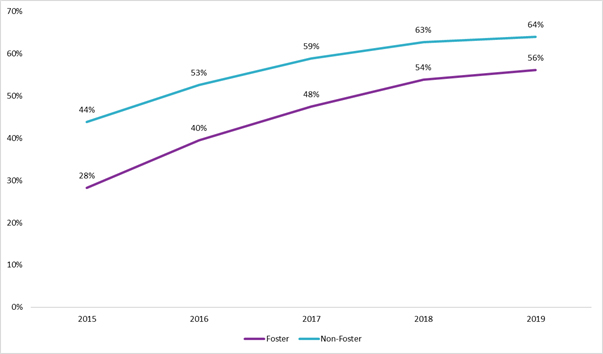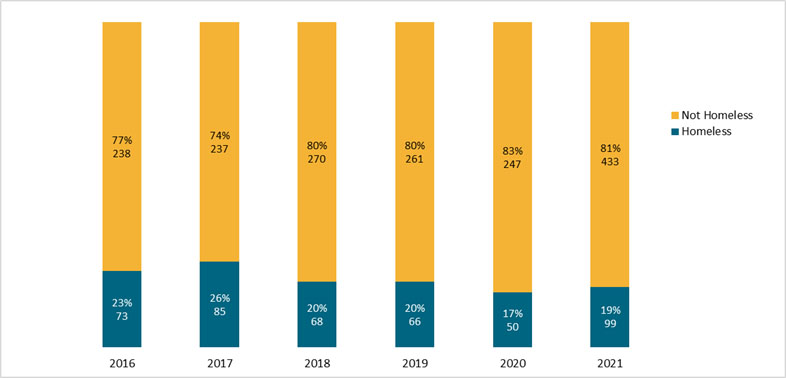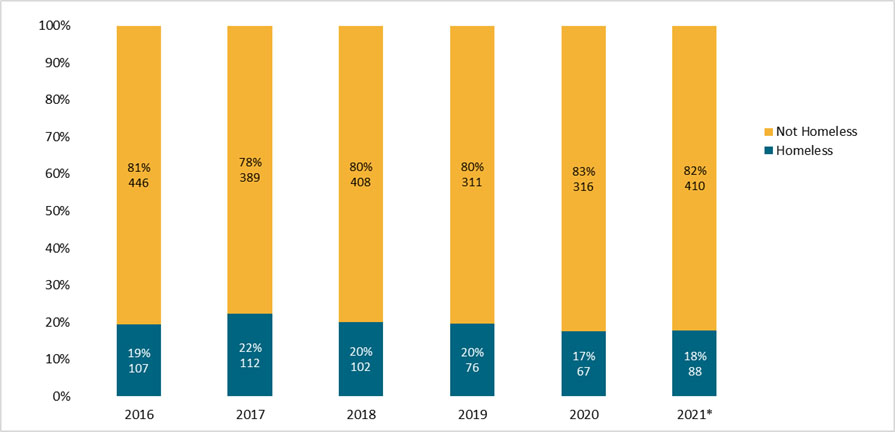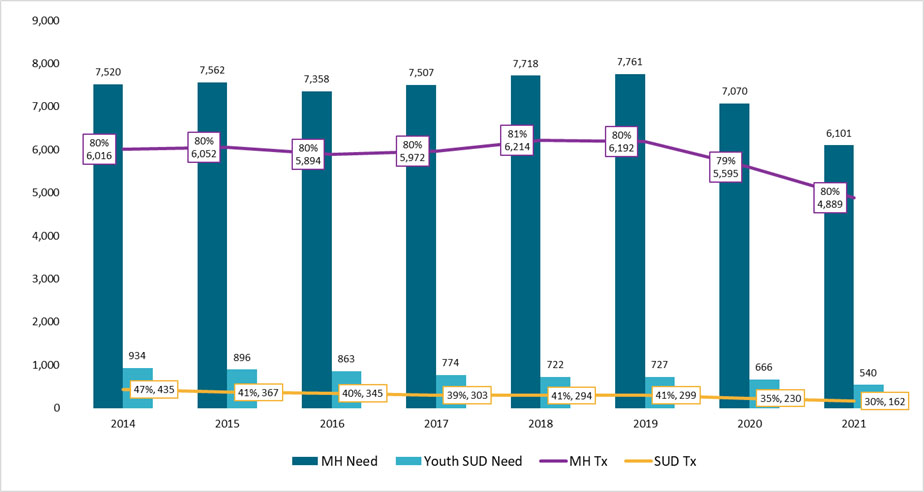Disproportionality and Disparity in Child Welfare
Disproportionality and Disparity in Child Welfare
Please visit DCYF's Office of Innovation, Alignment, and Accountability's (OIAA) Disproportionality and Disparity in Child Welfare dashboard.
This dashboard includes measures of disproportionality in all intakes (screened-in and screened out), in screened-in intakes, and in removals within 12 months of intake. Users can select whether disproportionality is measured in relation to the general population of Washington state or in relation to the population with incomes limited to 200% of the Federal Poverty Level or less. This dashboard additionally includes measures of disparity in out-of-home placement and in lengths of stay longer than two years.






